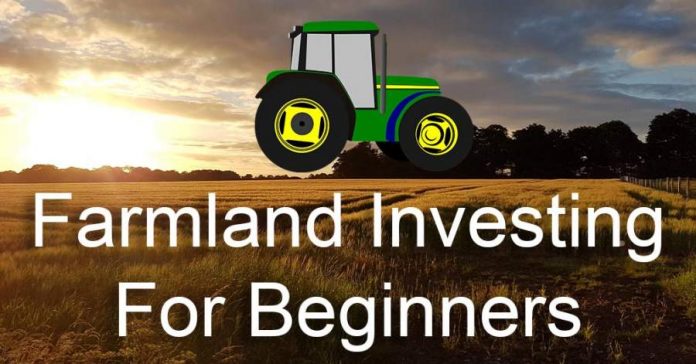If you’re looking for ways to think outside the box with your portfolio, there’s nothing better than investing in farmland. As with any investment, there are potential risks and rewards, but farmland has benefits as a necessary resource that never goes out of demand. That’s said, it’s always vital to do your research before you invest in farmland, even high-yielding farmland.
If you are ready to reap what your finances sow, here’s a how-to guide for investing in your first agricultural properties.
What is farmland investing?
Investing in farmland does not mean you sell your home and move to the country to grow your own crops. Instead, you buy the land and rent it to farmers who know how to work the field. This type of investment is similar to buying retail space and leasing it to shop owners.
Why invest in farmland?
People need to eat, and farms grow food. As the population expands, so does the demand for fresh crops. Farmers are boosting their productivity by maximizing land and developing new growing techniques, meaning that involvement in this growing market can be a beneficial move for investors. What’s more, the Earth won’t create more farmable land as time passes, so demand can only skyrocket from here.
The average age of American farmers is approaching fifty-eight. As these agriculturalists reach retirement age, more farmland will go on the market. This turnover opens up more opportunities for investors who want to preserve farmland rather than turn it over to real estate development.
What are the current trends in farmland investing?
Most investors are buying farmland to rent to operational farmers. With low-interest rates, investors are looking for new ideas with more ROI. Farmland doesn’t have the same volatility as the stock market, and other traditional investments, like bonds, have been stagnant.
Investors have been buying small farms and turning them into larger ones simply because commodities are low. When large farms produce one major crop, like soybeans or corn, they can do it efficiently and turn a more significant profit.
Another trend in farmland investing is in organic farming. Consumers appreciate knowing that their food comes from organic farms, but not every farmer can afford to buy land with suitable soil and geographic benefits. Investors can buy the land then find farmers who want to work it, thus meeting the needs of consumers who pay more for certified organic food.
Consumers also value food that comes from sustainable farms. Some farms grow non-food crops, like cotton, hemp, and corn for biofuel. Investors can help the planet by investing in farmland with crops used for sustainable goods. Before investing in this type of farm, consider looking for experienced farm managers that know how to take care of non-traditional crops.
How to make money investing in farmland
With every investment, you want to know you will reap your returns. Farmland investment pays in distributions and capital appreciation. Eventually, your farm will be worth more than what you paid for it. And, you will receive distributions from the leases farmers pay to grow crops on your land.
Wrap up
Knowing how farmland investing works helps you make better decisions about where to put your money. Do your research and talk to your financial advisor before making any decisions.






























































